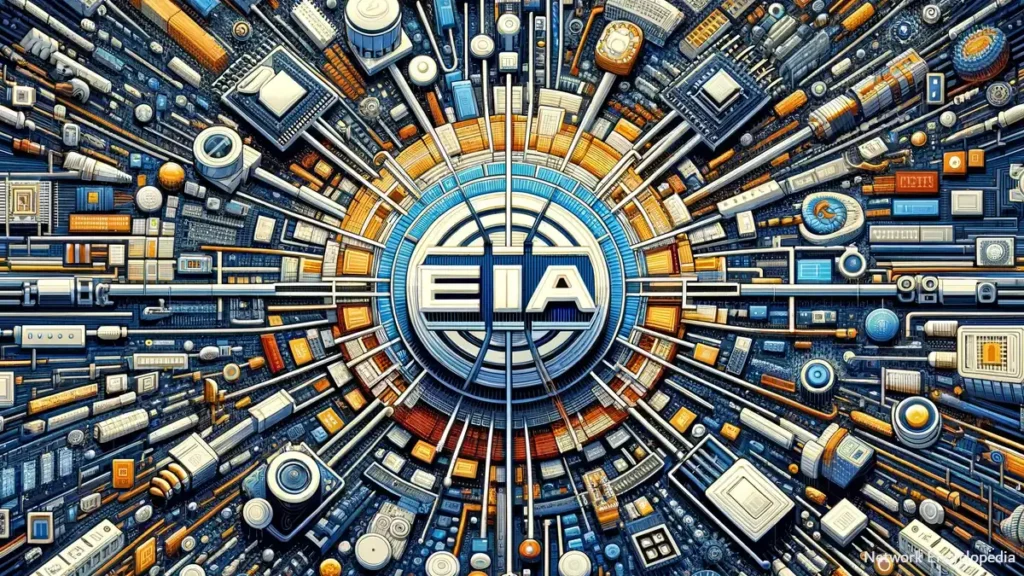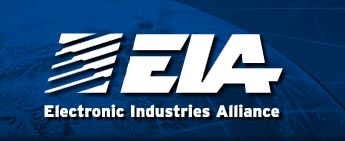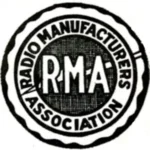The Electronic Industries Alliance (EIA) was a standards and trade organization composed of various sectors of the electronics industry in the United States. Founded in 1924, the EIA played a crucial role in developing standards for electronic components, telecommunications, and consumer electronics products. However, the EIA officially disbanded on February 11, 2011.
After its dissolution, many of its responsibilities and functions were taken over by other organizations. For instance, the Telecommunications Industry Association (TIA) now handles many of the telecommunications standards previously managed by the EIA. Other standards and functions have been absorbed by similar industry organizations or have evolved into new entities focused on specific aspects of the electronics and telecommunications industries.
Thus, while the EIA as an organization no longer exists, its legacy and impact continue through the work of these succeeding organizations, which carry forward the task of developing and maintaining standards in the electronics industry.
Table of Contents:
- What was the Electronic Industries Alliance (EIA)?
- History of the EIA
- Why did the Electronic Industries Alliance disband?
- Which organizations took over the EIA’s functions?
- Are EIA standards still relevant and in use today?
- How can I find EIA standards for electronic components?
- What differences exist between EIA and other standards organizations like IEEE or ISO?

1. What was the Electronic Industries Alliance (EIA)?
The Electronic Industries Alliance (EIA) was a prominent trade organization that represented the U.S. electronics manufacturing sector. Founded in 1924, the EIA played a pivotal role in developing standards for electronic components, systems, and telecommunications. Its purpose was multifaceted, focusing on advocacy, standardization, and business development within the electronics industry. The EIA aimed to foster innovation, facilitate trade, and ensure the interoperability of products through the creation and management of technical standards.

The organization’s role in the electronics industry was comprehensive. It served as a platform for industry stakeholders to collaborate on standards that shaped the manufacturing, testing, and use of electronic devices. Through its committees and sectors, the EIA was instrumental in the establishment of standards that have become foundational to the development of electronic systems, including those for semiconductors, connectors, and telecommunications equipment. Moreover, the EIA advocated on behalf of its members in legislative and regulatory matters, working to influence policies that affected the electronics sector.
2. History of the EIA
The inception of the Electronic Industries Alliance marked a significant moment in the history of technology. Originally established as the Radio Manufacturers Association (RMA) in 1924, the organization evolved to address the expanding needs of the burgeoning electronics industry. As the industry’s scope widened from radio to include television, computing, and telecommunications, the RMA underwent several name changes and expansions to encompass these new sectors, ultimately becoming the EIA.

The founders of the EIA were visionaries who recognized the need for a unified voice and standardized practices within the rapidly growing electronics market. These leaders came from among the earliest and most influential companies in the radio industry, driven by the dual goals of fostering technological innovation and ensuring product compatibility across the United States.
Over the decades, the EIA expanded its reach and influence, establishing numerous standards that facilitated the growth of the electronics industry. It played a crucial role during key technological advancements, including the transition from vacuum tubes to semiconductors, the rise of the personal computer, and the expansion of global telecommunications. The EIA’s efforts in standardization not only supported technological innovation but also ensured consumer safety and product reliability across the electronics landscape.
3. Why did the Electronic Industries Alliance disband?
The dissolution of the Electronic Industries Alliance in 2011 was the result of several converging factors. Primarily, the changing landscape of the global electronics industry necessitated a shift in how standards were developed and implemented. The rapid pace of technological innovation, combined with the increasing globalization of electronics manufacturing and supply chains, called for more specialized and agile organizations to address standardization and advocacy.
Furthermore, the diverse sectors within the electronics industry began to require more focused representation and standardization efforts that could better serve their specific needs. This led to the fragmentation of the EIA’s functions among various entities that could offer more specialized support. Key divisions and sectors of the EIA spun off into standalone organizations, such as the Telecommunications Industry Association (TIA) and the Consumer Electronics Association (now known as the Consumer Technology Association, CTA), each taking over parts of the EIA’s former roles.
The decision to disband the EIA reflected a strategic adaptation to these industry dynamics, allowing for more focused and effective standardization and advocacy efforts within the various segments of the electronics industry. Although the EIA as a centralized organization ceased to exist, its legacy and impact continue through the work of these successor organizations, which carry forward the mission of supporting innovation and standardization in the electronics sector.
4. Which organizations took over the EIA’s functions?
After the Electronic Industries Alliance (EIA) disbanded in 2011, its functions were taken over by several industry organizations, each focusing on specific aspects of electronics manufacturing and standards development. These entities continue the work previously managed by the EIA, ensuring the ongoing relevance and application of standards in the electronics industry. Key organizations include:
- Telecommunications Industry Association (TIA): Focuses on telecommunications standards, particularly in areas such as mobile, satellite, fiber optics, and infrastructure.
- Consumer Technology Association (CTA): Formerly the Consumer Electronics Association, the CTA oversees standards for consumer electronics products.
- Electronic Components Industry Association (ECIA): Manages standards related to electronic components and supply chain practices.
- JEDEC (formerly Joint Electron Device Engineering Council): Specializes in standards for semiconductor engineering and solid-state technology.
These organizations have effectively continued and expanded upon the standardization and advocacy efforts previously undertaken by the EIA.
5. Are EIA standards still relevant and in use today?
Yes, EIA standards remain relevant and widely used in modern electronics design and manufacturing. Despite the EIA’s dissolution, the standards it developed continue to provide critical guidelines for the production, testing, and interoperability of electronic components and systems. Many EIA standards, especially those related to connectors, cables, and electronic components, have been maintained and updated by the successor organizations. They serve as foundational elements in the design and manufacturing of a wide range of electronic products, ensuring compatibility and reliability across the industry.
6. How can I find EIA standards for electronic components?
To access specific EIA standards for electronic components, cables, connectors, or other items, you can visit the websites of the organizations that have taken over the EIA’s functions. These entities often have repositories or digital libraries where current and historical standards can be searched and accessed.

Additionally, standards can be purchased through specialized standards organizations such as ANSI (American National Standards Institute), which provides access to a wide range of industry standards, including those originally developed by the EIA and its successor organizations.
7. What differences exist between EIA and other standards organizations like IEEE or ISO?
The Electronic Industries Alliance (EIA) focused primarily on the U.S. electronics industry, developing standards for components, telecommunications, and consumer electronics. Its approach was characterized by collaboration with manufacturers, suppliers, and other stakeholders within the electronics sector.
- IEEE (Institute of Electrical and Electronics Engineers): Primarily focuses on the development of standards for electrical engineering, computing, and telecommunications. IEEE’s standards often have a broader scope, including technical specifications, practices, and methodologies for a wide range of technologies.
- ISO (International Organization for Standardization): An international body that develops standards across various industries, including electronics. ISO’s standards are global in scope, aiming for worldwide interoperability and quality. Unlike the EIA, which was more focused on the American market, ISO standards are intended to facilitate international trade and cooperation.
While the EIA developed standards specifically for the electronics industry within the U.S., IEEE and ISO have broader mandates and a more international focus. The processes of these organizations can vary, with IEEE and ISO involving a wider range of international stakeholders in their standards development activities.